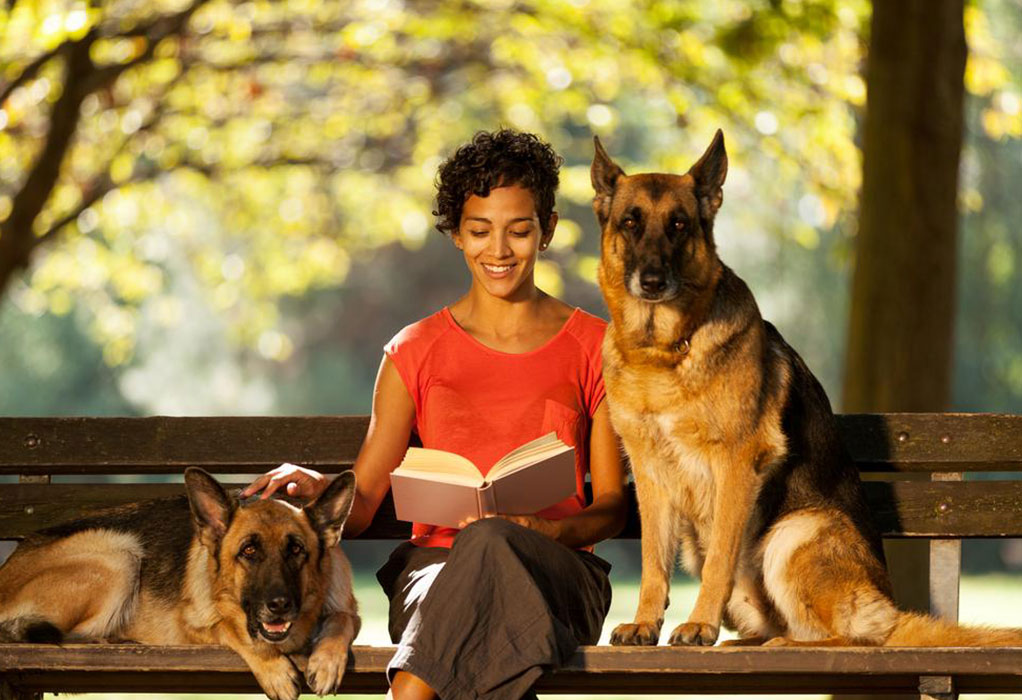The Origin and Growth of Pet-Friendly Dormitories in Colleges
Discover the inspiring story of the Pet House at Washington & Jefferson College, the pioneers of pet-friendly student housing. Learn how the initiative began, overcame challenges, and transformed campus living for animal lovers. This innovative residence hall now serves as a model for universities nationwide, fostering comfort and companionship for students and their pets.
Sponsored

The Rise of Pet-Friendly Housing in Higher Education
Having a pet can bring joy and reduce stress, making daily life more enjoyable. Yet, students often face challenges when wishing to bring pets into college dorms, especially in restrictive housing environments. Recognizing this need, some institutions have adopted pet-friendly policies, creating spaces where students can live with their furry companions. One notable example is Washington & Jefferson College's Pet House, also known as Monroe Hall, which welcomes students to keep their pets while residing on campus.
The concept of the Pet House was pioneered by animal enthusiast Tori Haring-Smith, who became college president in 2005. Her inspiration came from her own college experience at Swarthmore, where she kept a kitten. Initially met with skepticism due to concerns over cleanliness and noise, she successfully championed the idea by visiting Eckerd College's pet-friendly housing to demonstrate its viability. The feedback was positive, noting the well-maintained, tranquil environment and designated outdoor spaces for pets. This initiative quickly gained popularity, with student occupancy rising significantly, and Washington & Jefferson College earning recognition as a leading pet-friendly institution.
Since its inception, the Pet House has become a model for pet-friendly college housing nationwide, supporting students who rely on their animals for comfort and companionship. Such programs continue to grow, reflecting a broader trend favoring inclusive, pet-friendly living environments in higher education.





